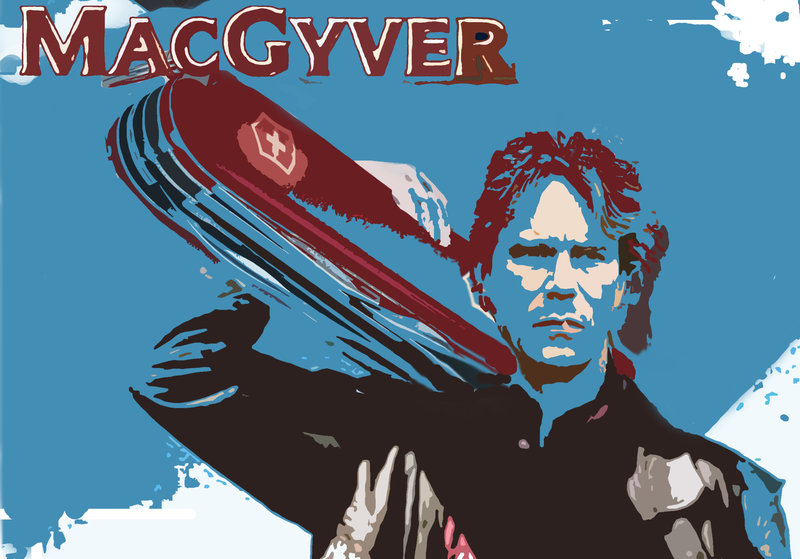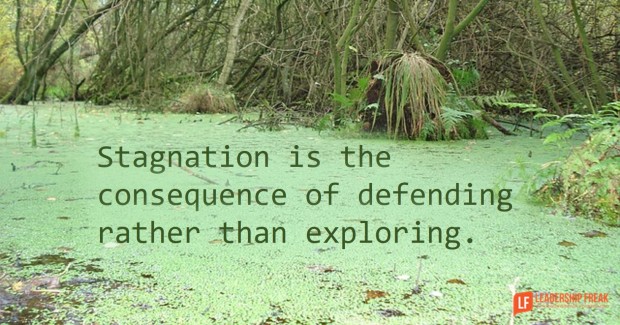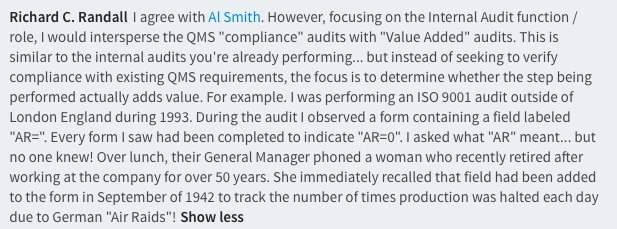, mesmo um futuro cheio de incertezas. O passado é já certeza de um buraco.
Acerca do vinho, alguns postais recentes sobre a infantilidade de produtores e políticos:
Vamos a outra mentalidade.
No FT do passado dia 4 de Janeiro no artigo, "French red wine in 'existential' decline as young tastes change":
"Consumption of red wine in France has fallen about 90 per cent since the 1970s, according to Conseil Interprofessionnel du vin de Bordeaux (CIVB), an industry association.
Total wine consumption, spanning reds, whites and roses, is down more than 80 per cent in France since 1945, according to data from Nielsen, and the decline is accelerating, with Generation Z purchasing half the volume bought by older millennials.
"The issues with wine - particularly red wine - are becoming existential now and have been problems for more than a decade," said Spiros Malandrakis, analyst at Euromonitor International.
...
The change in French consumption exacerbates global trends hurting the sector, such as people drinking less and changes in tastes. Red wines in particular are falling out of fashion among young people in favour of rosé, beer, spirits and alcohol-free options.
"With every generation in France we see the change. If the grandfather drank 300 litres of red wine per year, the father drinks 180 litres and the son, 30," CIVB board member Jean-Pierre Durand said. The industry is also grappling with a sharp fall in demand from China, one of its main export markets, and the impact of climate change. The challenges have not hit all categories of wine equally.
"High volume, heavily tannic reds are in strong decline and it's accelerating with generational change," said wine buyer Thomas Castet.
...
The pressures have led the Bordeaux region to begin uprooting up to 9,500 hectares of vines to curb overproduction and prevent the spread of disease through under-maintained vineyards. The plan, initiated in 2023, offers €6,000 per hectare to be uprooted, from a €57mn budget funded largely by the government and the CIVB.
"We can't continue to produce wines that don't get drunk," said Durand. "When the model is broken, we adapt."" [Moi ici: Este tipo de pragmatismo não é francês. Conseguem imaginar alguém com responsabilidades no sector falar claramente, falar com esta assertividade? Recordar aquele primeiro postal da lista: E dizer a verdade?]
Entretanto, no WSJ do mesmo dia 4 de Janeiro apareceu o artigo "Surgeon General Seeks Alcohol Cancer Label":
"The U.S. surgeon general said alcoholic beverages should carry cancer warnings to increase awareness that the drinks are a leading cause of preventable cancers.
An act of Congress would be required to change the existing warning labels on bottles of beer, wine and liquor.
...
Alcohol consumption is the third leading preventable cause of cancer in the U.S., after tobacco and obesity. The link between alcohol consumption and cancer risk has been established for at least seven types of cancer, including breast, colorectum, esophagus, liver, mouth, throat and voice box, Murthy said."
Claro que a gente olha para isto e estranha, basta pensar na longevidade dos povos do Mediterrâneo. No final acrescento um tweet de Nassim Taleb sobre este tema. A verdade é que o FT de 07 de Janeiro na sua última página incluiu um texto sobre o impacte deste assunto nos investidores "Alcohol health warnings are an alert for investors too":
"Few purveyors of alcohol will be toasting the new year.
Just three days in to 2025, the US surgeon-general was advocating labels to warn drinkers of the link to cancer. This time next year, Ireland will be health labelling its drinks.
The sector has little to be merry about in any case. Abstinence is in vogue, at least in swaths of the developed world.
The ranks of US adults aged 18-34 who have "ever" drunk an alcoholic beverage has fallen from 72 per cent to 62 per cent over the past two decades, according to Gallup polling. As if lower sales are not headache enough, tariffs mooted by US president-elect Donald Trump stand to erode earnings.
This starts to smack of structural decline."
Por fim, no FT do passado dia 3 de Janeiro, o artigo "Social pressure hits low-alcohol drinks market":
"Most consumers say it is acceptable to have no- or low-alcohol drinks when they go out but some opt for alcohol anyway because of social pressure, according to research by Heineken and the University of Oxford.
The study, based on an Ipsos survey of 11,842 adults of a range of ages in the UK, US, Spain, Japan and Brazil, found that 68 percent had tried no- or low-alcohol alternatives and 80 per cent believed that drinking them was more acceptable than it was five years ago."
É curioso como, no sector vinícola, o ministro da Agricultura parece aplicar um modelo antigo: evitar mexer no barril, mesmo quando o vinho está claramente a azedar. Enquanto outros países — França, Irlanda e até os EUA — já estão a engarrafar a dura realidade sobre o futuro da indústria, nós ficamos a assistir a discursos que mais parecem rótulos publicitários do que uma análise crua das vinhas.
Se um responsável francês pode dizer, com a franqueza de quem já sentiu a pressão de 9.500 hectares a serem arrancados, que "não podemos continuar a produzir vinhos que não são consumidos", por cá o debate parece envelhecer sem esclarecimento. Será que o ministro receia que, ao abordar o tema, o vinho nacional seja confundido com vinagre?
E que dizer das mudanças nos hábitos de consumo globais? O vinho não é apenas uma vítima da nova geração "Z" que bebe menos; é também um sector afogado em produções que já não encontram mercado, enquanto as gerações mais jovens optam por rosé, bebidas sem álcool ou até nada.
Ironia das ironias, é que até um simples acto de "poda" no discurso do ministro poderia fazer mais bem do que mal. Reconhecer que o modelo actual é insustentável seria como arrancar videiras velhas para abrir espaço para uma nova geração de ideias. Mas parece que por cá preferimos brindar à espera, enquanto o mundo já está a fazer planos para vinhas mais sustentáveis — económica e ambientalmente.
E o que dizer do senhor das selfies? Se há algo que não falta ao presidente da república é capacidade para nos brindar com gestos simbólicos. Entre selfies, abraços e discursos, o presidente é um verdadeiro especialista em palavras agradáveis e gestos populares. Mas quando o tema é o vinho — símbolo da identidade portuguesa e agora símbolo de uma crise estrutural —, o silêncio torna-se ensurdecedor, como um brinde que nunca chega.
O Presidente, sempre atento às tradições, poderia perfeitamente discursar numa adega e citar Camões, mas talvez fosse mais útil citar o Conselho Interprofissional do Vinho de Bordéus, que já arrancou as vinhas da negação e plantou a semente da adaptação. Em vez disso, parece que a postura é a de quem prefere contemplar as colinas de vinhedos enquanto o sector tropeça em sobreprodução e mudança de hábitos de consumo.
Será que o Presidente tem receio de se aproximar do tema? Talvez, por achar que questionar o modelo de negócio do vinho é tocar num pilar da cultura portuguesa. Mas será que não é precisamente o contrário? Defender o sector, como um verdadeiro chefe de estado, não significa apenas beber um copo ao lado dos produtores; significa alertar para a insustentabilidade, apoiar a modernização e promover mentalidades que enfrentem a realidade global.
Uma das piores coisas na cultura portuguesa. Não enfrentar o touro, desviar para canto.

%2008.57.jpeg)
%2013.49.jpeg)
%2013.06.jpeg)







_-_Google_Art_Project_-_edited.jpg/1280px-Pieter_Bruegel_the_Elder_-_The_Tower_of_Babel_(Vienna)_-_Google_Art_Project_-_edited.jpg)


%2006.21.jpeg)












